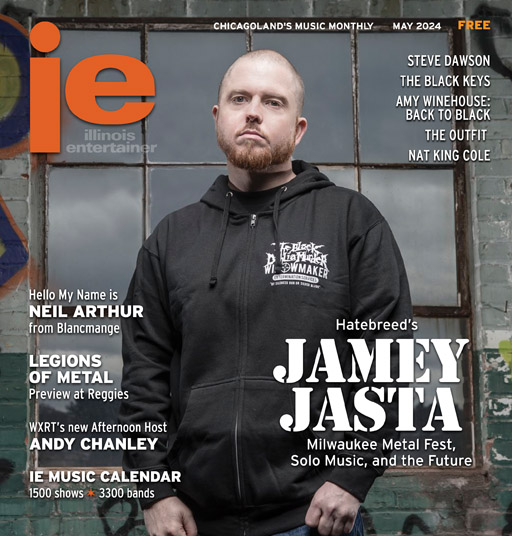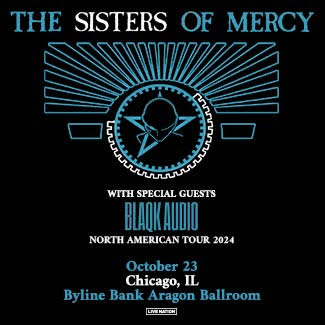Dylan At The Movies
It had all the elements of Bob Dylan’s 115th dream: Hollywood A, B, and C-list stars (from Leonardo DiCaprio to Bob Sagett) mingling over free popcorn and Diet Pepsi with rock ‘n’ roll’s most enigmatic superstars (Tom Waits, Roger Waters, Elvis Costello). Off in various corners of the theater lobby, great filmmakers including Jim Jarusch, Jonathan Demme, and Sidney Pollack are talking shop. And holding court above it all, is the guest of honor, director Martin Scorcese.
That was the scene at the famed Ziegfeld Theater on 54th street in New York City on September 19th; nothing short of a full-blown media circus, as fans, celebrities, and insiders from both the film and music industries gathered for the premier of the new Scorcese film, No Direction Home — Bob Dylan, a compelling, three-and-half-hour bio documentary about the famed singer-songwriter.
“I never really listened that intently [to Bob Dylan] during the period the film focused on,” admitted Scorcese, in an interview minutes prior to the screening. “I started listening to Dylan after 1964. I came to his music rather late, actually. In 1965, I heard ‘Like A Rolling Stone’ and I decided to go back and hear more. Then, I started working with a lot of people that had been around him, like Robbie Robertson, of The Band, and he was part of The Last Waltz. So, Dylan’s music was a constant. It was not something to decide to make a film about. It was something that was part of your life. It sustains, and even his earlier stuff still works, today.”

Aired recently on PBS and released as a two-DVD set on Paramount Home Video (with a companion two-CD soundtrack issued on Columbia/Legacy), No Direction Home — Bob Dylan is not only among the best music documentaries ever made, it helps define much of the previously unexplainable Dylan myth. Along with the recent Dylan autobiography, Chronicles Volume One, No Direction Home gives us a powerful, in-depth look at the Dylan enigma as it was formed during his initial wave of popularity from 1961 to 1966.
The result of film archiving started more than 20 years ago by Dylan’s long-time manager, Jeff Rosen, No Direction Home took four years for Scorsese to make. Even though the film runs 207 minutes, Scorsese doesn’t even touch on many key Dylan elements including his relationships with original manager Albert Grossman, his close friendship with John Lennon, Ramblin’ Jack Elliott, and much of what happened in his personal life during this period. Still, the film never stops being an amazing cinematic experience.
The film consists of three major areas: extensive on-screen narrative from Dylan, himself; archival concert, B roll, and behind-the-scenes footage (mostly filmed by DA Pennebaker, Murray Lerner, and others); and interviews with Dylan associates and contemporaries such as Joan Baez and folk pioneer John Cohen, who befriended Dylan when he came to Greenwich Village in 1960. Together, these elements weave a focused, (though far from complete) tale of the mysterious Dylan and his artistry.
“When he first came to the New York City in the early 1960s, he was part of the McDougal Street scene,” said Cohen, prior to the premiere. “I was in The New Lost City Ramblers and people would ask me what I thought of him, and I really thought he was very good.” The earliest known footage of Dylan performing was shot by Cohen, and it appears in the film.
“Bob was a strange guy, but there were a lot of strange guys in those days, so he wasn’t that different. When fame hit, he was able to deal with it. This film is like a wonderful recreation of all of my old friends.”
“I joined the project in 2000,” says Nigel Sinclair, who produced the film with Rosen, Scorcese, and others. “Jeff [Rosen], who has been Dylan’s manager for several decades, started collecting materials 20 years ago. Many of the people in the film such as Dave Van Ronk and Allen Ginsburg have since passed away. Had he not been brilliantly collecting these materials and doing those interviews, we would not have had them in the film. Marty came on board in 2001, and worked on it while still doing his other projects such as The Aviator.”
Apparently, nothing was off limits to Scorcese, and the documentary often shows Dylan as an artist who could also be an opportunist.
“Marty was given absolute final cut,” adds Sinclair. “He is a final-cut director. He came to the project and we told him that we wanted him to tell the story, and Bob wanted him to tell the story, and the door was open in every way.”
So, has Dylan, who did not attend the premiere, told Scorcese what he thinks of the documentary?
“No, not really.”
— Bruce Pilato
For the rest of our behind-the-scenes feature, pick up the December issue of Illinois Entertainer.











